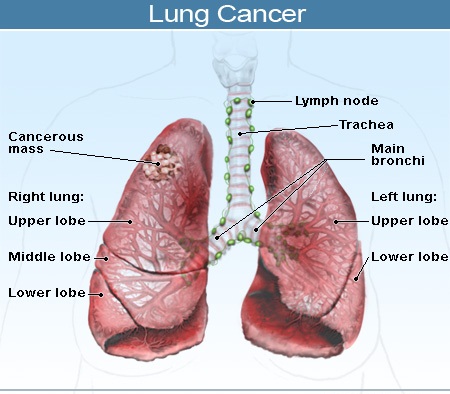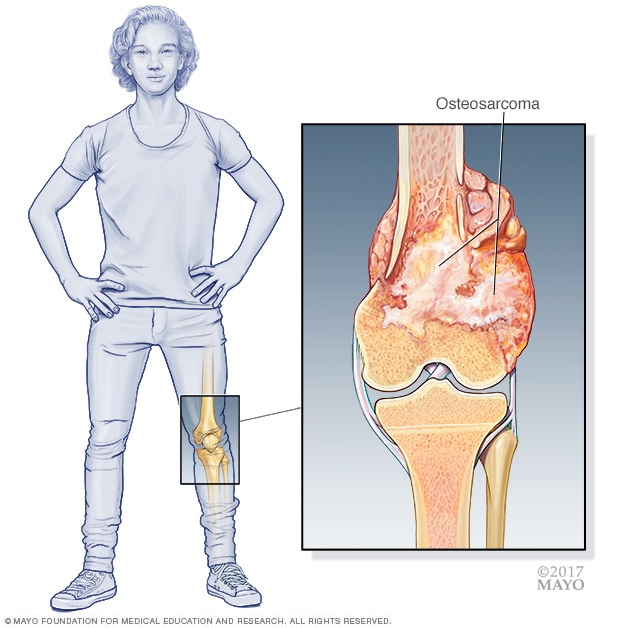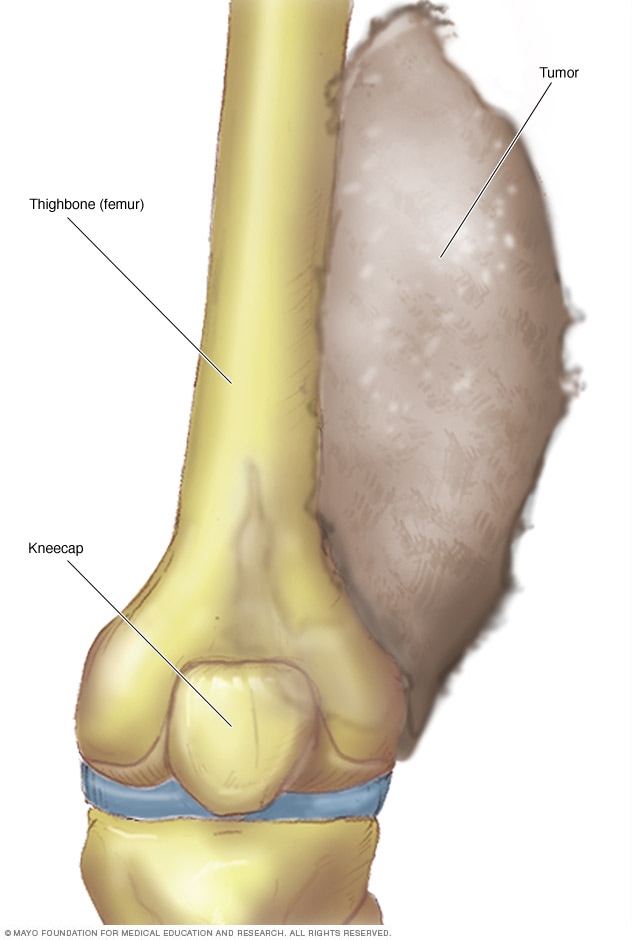There are many different causes. It could be a mental illness called schizophrenia or a nervous system problem like Parkinson’s disease.
If you or a loved one has a hallucination, you need to see a doctor. You can get treatments that help control them, but a lot depends on what’s behind the trouble.
Hear voices. Your doctor may call this an “auditory hallucination.” You may sense that the sounds are coming from inside or outside your mind. You might hear the voices talking to each other or feel like they’re telling you to do something.
See things. This is also known as a “visual hallucination.” For example, you might see insects crawling on your hand or on the face of someone you know.
Sometimes they look like flashes of light. A rare type of seizure called “occipital” may cause you to see brightly colored spots or shapes.

Causes & Symptoms:
The signs and symptoms of hallucinations will vary depending on the type as well as the triggering factors that spurred the misperception. Auditory hallucinations are described as the patient hearing voices or sounds even when there is actually none present in the external environment. Usually, voices and sounds heard may be very familiar to a person such as the voice of a loved one who recently died. These are believed to be internal data stored or repressed in the person’s memory. Visual hallucinations are described as the patient seeing things, persons, lights or patterns even when there is nothing present. The person may believe that they are seeing ghosts or animals right in front of them.
Taste, smell and touch hallucinations are not as common but similarly, the person misperceives sensations even without external stimuli. The person may suddenly have an odd taste on his or her tongue such as sudden bitterness, tinny taste or sweetness. An example of smell hallucination is when a person suddenly discovers the scent of burning candles or fresh roses even if there is actually none of these things present around. Examples of touch hallucinations would be the person sensing that something is crawling on his or her skin. Amputees usually experience painful symptoms in absent body parts which are also known as the phantom limb phenomenon.
Hypnagogic hallucination occurs just before a person falls asleep lasting anywhere from a few seconds to several minutes. The cause is said to be associated with narcolepsy or brainstem disorders. The opposite of hypnagogic hallucinations are hypnopompic hallucinations which occur when a person wakes up. Peduncular hallucinations usually occur in the evening but are not associated with drowsiness since the person is fully aware and can interact with the perceived images.
Treatments:
Hallucination is a symptom so treatment approaches should be directed toward the underlying condition or disease for full relief. Schizophrenic patients are usually treated with antipsychotic medications such as thioridazine, haloperidol, clozapine, risperidone or chlorpromazine. Medications are actually enough to control long-term hallucinations. Some people may naturally train themselves to balance neurotransmitters in the brain without the help of drugs after some time.
A psychologist or psychiatrist may also suggest psychosocial therapy to help patients deal with the problem and help them differentiate what is real and what is false perception. It is important for health care practitioners to know what visual or auditory hallucinations are trying to tell patients since some messages may command sufferers to cause themselves or others harm. Stress-relieving techniques like exercise and occupational therapy are also good since some types of hallucinations usually disappear once stress is removed.
Individuals who experience hallucinatory effects from drug abuse will easily be free of symptoms once they stop taking substances and neurotransmitters in the brain return to normal levels. Amphetamines, LSD and PCP or phencyclidine are known to cause hallucinations. Those suffering hallucinatory effects due to drug or alcohol withdrawal should be treated according to the life-threatening effects of delirium tremens. Patients are expected to hallucinate so priority is generally placed on safety. Antidepressants and anticonvulsants may also be prescribed to patients in order to elevate dopamine and serotonin levels that may cause sudden mood swings and hallucinations when in very low concentrations. Hypnagogic and hypnopompic hallucinations are not considered a medical emergency and are expected to subside shortly after.
Prevention:
Hallucinations due to substance abuse can easily be prevented by consuming little or no alcohol and harmful drugs. Know the side effects of any medication that you are taking to ensure that you will be safe against unwanted misperceptions. Stress levels should also be maintained at manageable levels. Exercise regularly, eat a healthy and nutritious diet, get lots of sleep and rest and find means of leisure and recreational activity every now and then. Always maintain good mental and emotional health. People should find ways of coping and dealing with different types of problems to avoid depression. Psychiatric disorders actually stem from environmental factors most of the time. Biological causes like tumors and lesions do not have a definite preventive measure.
















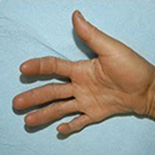




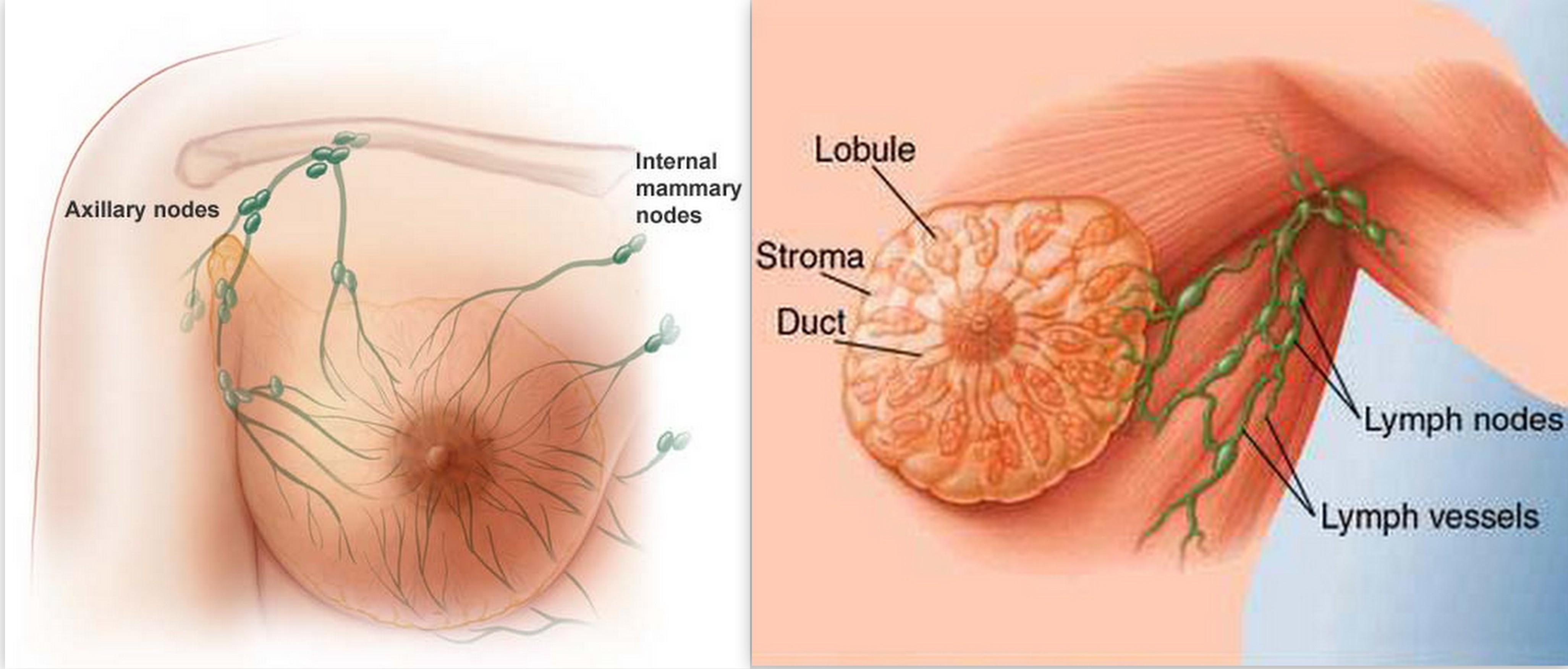

.jpg)
